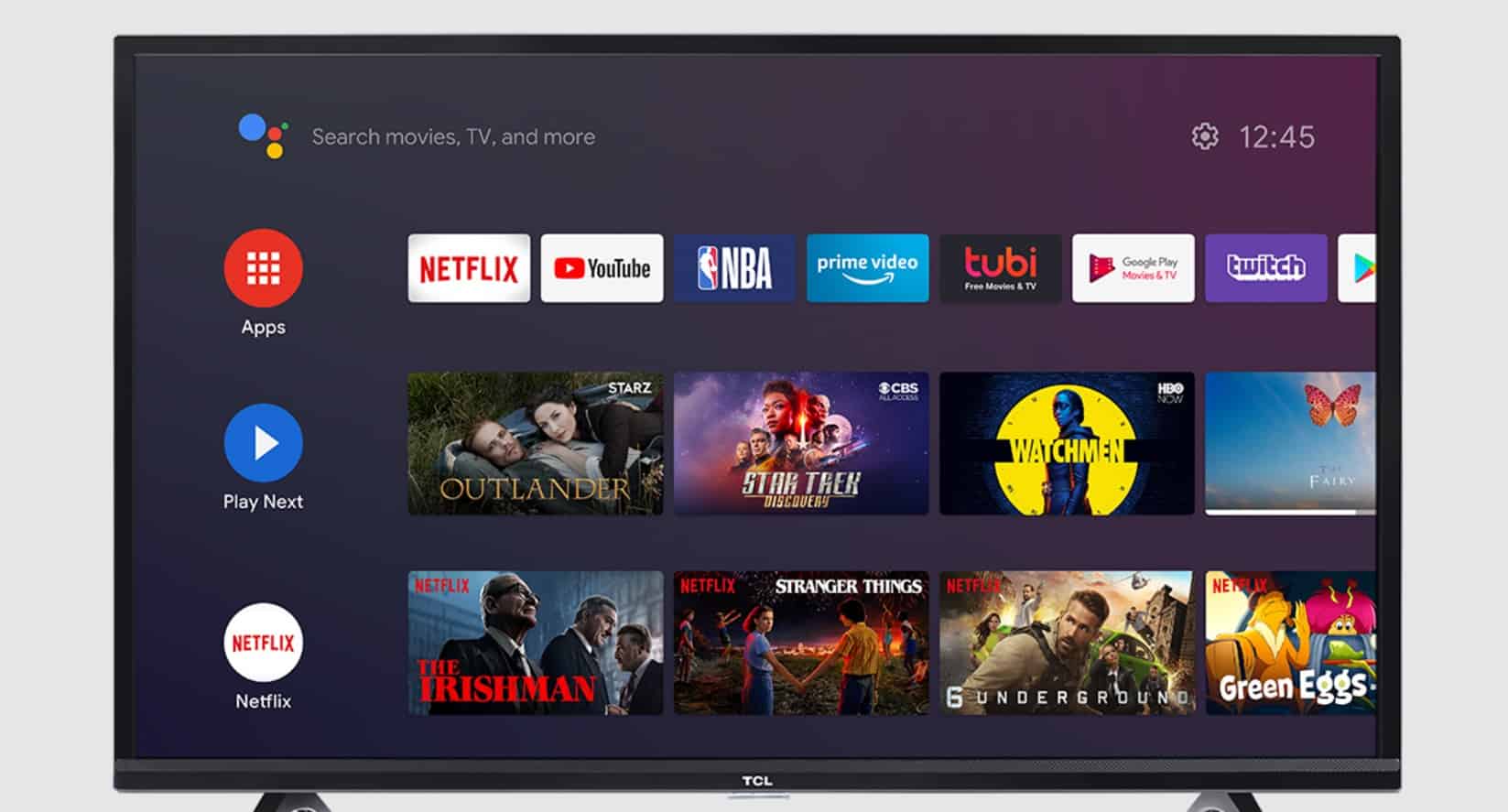Google tends to drop a new version of Android TV a month or two after releasing the final build of Android on which the OS will be based. Last year, it released Android TV 12 about a month after Android 12 made its way to Pixel phones. While the company is yet to announce Android TV 13, two of its significant changes have been detailed: expanded picture-in-picture support and low power standby mode.
Android TV already supports picture-in-picture mode, with the aspect ratio defaulting to 1.777778:1, ideal for displaying 16:9 content. Developers, however, can create PiP windows with an aspect ratio less than 1:2.39 or greater than 2.39:1 if required. As spotted by Esper’s Mishaal Rahman, Google will further enhance this feature in Android TV 13 by allowing developers to create PiP windows smaller or greater than this aspect ratio. Additionally, a new Activity method — setPreferDockBigOverlays — in Android 13 points to users being able to dock the PiP box alongside the main activity so that “both windows are obvious to the user.”
Android 13 also contains a new “low power standby mode” meant for Android TVs. The feature will disable wakelocks and restrict apps from accessing the network when active. This will be a helpful addition as apps don’t need to access the internet or create unnecessary wakelocks when the TV is off or in a standby state. It should also lead to a reduction in bandwidth usage and lower the energy consumption of your smart TV. These restrictions will be temporarily removed during doze windows, ensuring that apps don’t completely break in this mode.
If Google sticks to the same timeline as last year, expect Android TV 13 to be announced in November. Most TV makers take time to roll out a new build of Android TV, so expect to wait a fair bit before you get to try these features.

